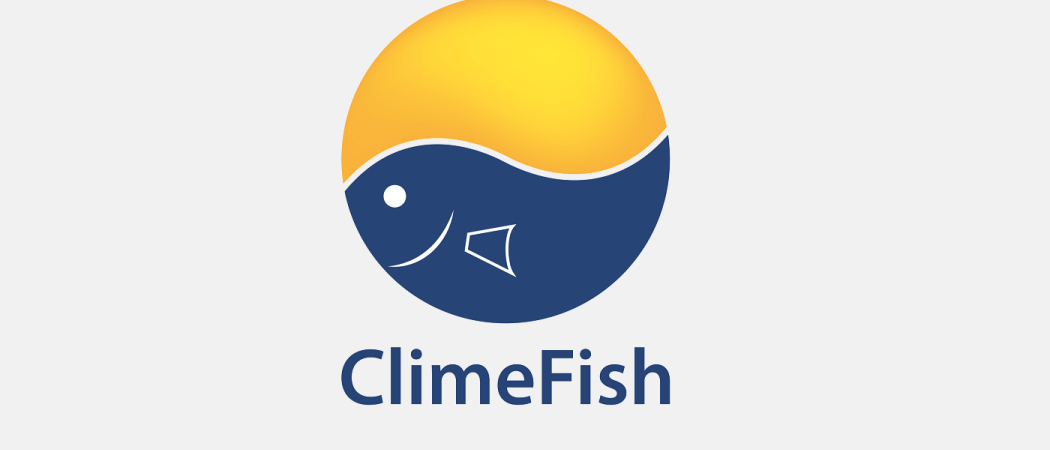Horizon 2020’s ‘Climefish’ is building a picture of how fast moving marine life in Europe are fleeing warming seas

EU-funded research is trying to establish a fuller picture of how rising sea temperatures are upending life for Europe’s fishermen.
Led by Michaela Aschan, professor of fisheries biology and management at the Arctic University of Norway, Horizon 2020’s ‘Climefish’ project is tracking fish species which are migrating northward to colder waters.
This influx of warm water species is being particularly felt in Norway, and is prompting a broader re-think on how the EU determines legal catch limits, or quotas, for commercial fishing.
The €5 million project, which draws on the contribution of 21 institutes from 16 countries, has been evaluating fish movements in freshwater lakes and ponds, marine fisheries and fish farms in Italy, Greece, the Barents Sea and west Scotland.
The researchers have built models that incorporate temperature data and other characteristics of the environment to see how fish would react to various conditions in the water.
The increasing presence of warm-water populations in colder, northern waters is changing ecosystems as a whole, the researchers say. Fishermen are reporting changes in the types and quantities of fish they are hauling up from the depths.
Aschan says international fishing regulations will have to be updated to reflect the inevitable changes ahead. So far, they have failed to keep up with fish geographical changes.
As fish change their habitat in response to warming temperatures, one country may experience this loss while another gains, which has the potential of creating political tensions when it comes to negotiations on catch allocations.
Many countries think in terms of their “right” to quotas instead of together looking at their “international responsibility, with more focus on equity,” Aschan said.
She hopes her project, which runs until March 2020, will inform better long-term, sustainable standards and planning.
First hand impact
Norway, a seafood producing stronghold where some 3.2 million tonnes of stock is handled a year, is feeling the effects of climate change first hand.
The country is experiencing a cod crisis this year linked to the rising ocean temperature. North Sea cod stocks have fallen to critical levels.
Other populations are perilously close to falling off the menu. An increase in temperature is also having a negative effect on Atlantic salmon, which accounts for half of Norway’s total export value.
The changes have heightened tensions among fishermen and government regulators and raised difficult questions for fishery managers.
One response by the Norwegian government has been to temporarily ban fishing along Finnmark, a county in the northern part of the country.
The EU has banned commercial fishing of cod in the Baltic Sea until the end of the year. The European Commission takes emergency measures like this by request of a member state or of its own initiative. It has previously stepped in to protect vulnerable stocks such as anchovy in the Bay of Biscay and for northern seabass.
EU quotas for the vulnerable cod have been falling every year since 2014. According to scientists, the volume of commercial sized cod is currently at the lowest level observed since the 1950s. This year, fishermen only used around 21 per cent of their available quota.
The distribution of fish around Europe is changing, and so too is their reproductive ability and size.
But while some fish are spawning earlier and growing at a quicker rate, “their growth subsequently slows down leading to a smaller adult size”, said Aschan.





 A unique international forum for public research organisations and companies to connect their external engagement with strategic interests around their R&D system.
A unique international forum for public research organisations and companies to connect their external engagement with strategic interests around their R&D system.